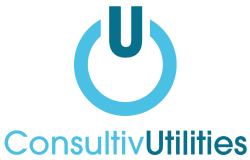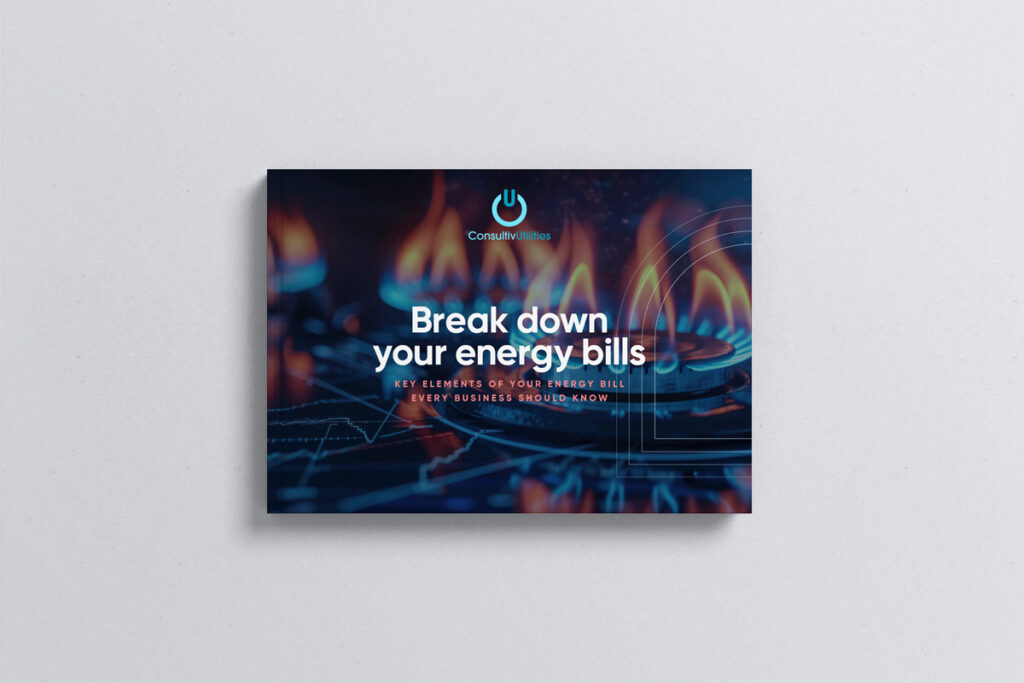Understanding your business energy bills is key to taking control of your energy costs. Here’s a simple breakdown of what your business energy bill includes and how it’s calculated.
Breaking down your energy bill
Business energy bills generally have three main components:
Wholesale costs
These are the electricity or gas costs of the actual energy you use. They depend on supply, demand, and external factors like market conditions or geopolitical events.
Non-commodity costs
These cover delivery, infrastructure maintenance, government taxes, and environmental charges. While some are itemised, most are bundled into your unit rate and standing charge.
Supplier charges
These include billing, metering, customer service, and supplier profit margins.
Understanding wholesale costs
Wholesale energy prices can fluctuate due to market dynamics like weather conditions, energy demand, and global events. Knowing how these factors influence your bill can help your business anticipate changes and adjust energy usage accordingly.
Understanding non-commodity costs
Non-commodity costs are set by regulators and include:
- Government policies and levies: Charges like the Climate Change Levy and support for renewable energy.
- Network and distribution costs: Fees for using and maintaining energy infrastructure.
- Balancing services: Costs to ensure the grid operates smoothly and reliably.
Your choice of contract also matters:
- Fixed contracts simplify budgeting but include supplier risk premiums.
- Pass-through or flexible contracts provide transparency and flexibility but require proactive ongoing management.z
Future energy costs
Energy costs are evolving, with government policies, green initiatives, and infrastructure needs shaping future bills.
Want to further break down your energy bills and understand future cost breakdowns?
Download our free guide to understanding your business energy bills here: Break down your energy bills | Free guide
Categories:

